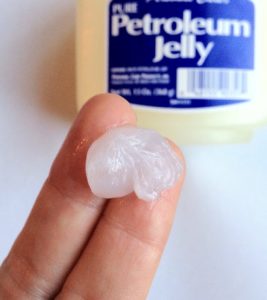
November was designated as the US National Healthy Skin Month by the American Academy of Dermatology to raise awareness about the importance of keeping skin fresh, hydrated and healthy. It’s also a great opportunity to look at ways to prevent and treat skin problems.
One common remedy for many skin concerns is petroleum jelly, a general-purpose skin treatment. Petroleum jelly has been used for decades to treat problems from dry skin to chapped lips. It’s affordable and versatile, and the allergy risk is low, which means it can be a safe treatment for people who have allergies or sensitive skin.
Here are a few of the ways petroleum jelly can be used for skin concerns.
Relieving dry skin
Dry skin can become flaky and itchy, and because it is an ointment, petroleum jelly can be more effective and less irritating than lotions as a form of treatment. It can also work as a good treatment for symptoms of eczema, which include dry, sensitive and red skin.
As a skin barrier
Petroleum jelly builds a natural barrier on the skin. It is hard for the skin to absorb, so it can keep dirt out and prevent moisture loss. This makes it helpful for preventing dry skin and irritation due to cold temperatures or wind.
Preventing chafing
Chafing, a skin irritation caused by repetitive friction, can be extremely uncomfortable. Petroleum jelly can treat the irritation that results from chafing, and work as a preventative measure on sensitive areas before running or walking.
Healing wounds
Petroleum jelly can speed up healing and help minimize scarring on minor cuts and scrapes. For more serious skin injuries, petroleum jelly can keep the skin’s moisture level similar to healthy skin, which decreases inflammation and minimizes possible infections. But because petroleum jelly acts as a barrier, bacteria can get trapped inside wounds if they are not disinfected, so make sure the area is properly cleaned before applying it.
Treat diaper rash
Because there are no additional dyes in petroleum jelly, it is a safe option for baby’s skin that gets irritated from wet diapers. It can soothe the skin and provide relief if a baby develops diaper rash, and prevent inflammation.
Disclaimer: This blog provides general information and discussion about medical, cosmetic, mohs, and surgical dermatology. The words and other content provided in this blog, and in any linked materials, are not intended and should not be construed as medical advice. If the reader or any other person has a medical concern, he or she should consult with an appropriately-licensed dermatologist or other health care worker.